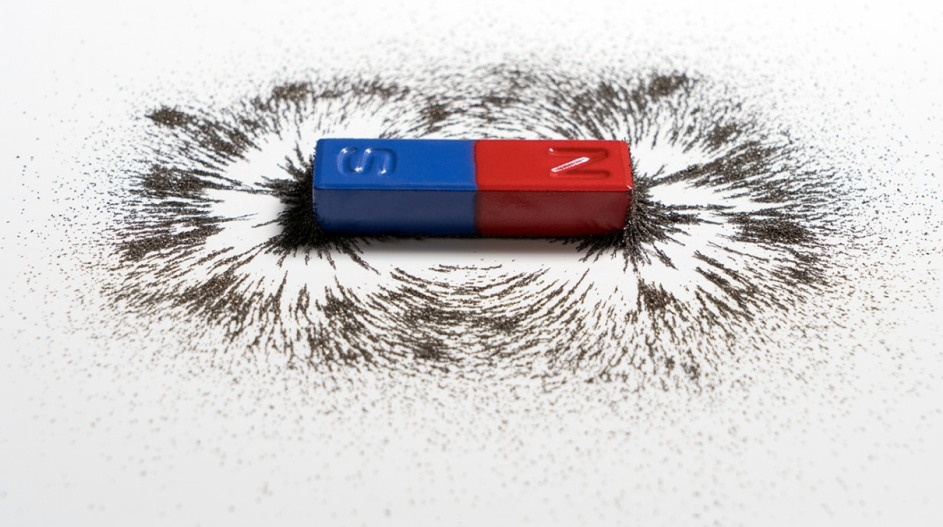Jun 9 2020
At Brown University, a group of physicists has designed a new kind of compact, ultra-sensitive magnetometer. According to them, the latest device could be beneficial for a range of applications in which weak magnetic fields are used.

Image Credit: Brown University.
Nearly everything around us generates a magnetic field—from our electronic devices to our beating hearts—and we can use those fields to gain information about all these systems. We have uncovered a class of sensors that are ultra-sensitive, but are also small, inexpensive to make and don’t use much power. We think there could be many potential applications for these new sensors.
Gang Xiao, Study Senior Author and Chair, Department of Physics, Brown University
The new device has been described in-depth in a paper published in the Applied Physics Letters journal. Graduate student Yiou Zhang from Brown University and postdoctoral researcher Kang Wang were the study lead authors.
The Hall effect is a conventional method for detecting magnetic fields. When a conducting material that carries current contacts a magnetic field, the electrons present in that current get deflected in a direction perpendicular to their flow. A small perpendicular voltage is created and can be utilized by Hall sensors to detect the existence of magnetic fields.
In the new device, a cousin to the Hall effect—called the anomalous Hall effect (AHE)—that exists in ferromagnetic materials is used. The Hall effect occurs because of the charge of electrons, while the AHE emerges from electron spin, the tiny magnetic moment possessed by each electron.
This effect induces electrons with different spins to scatter in various directions, which leads to the formation of a small yet detectable voltage.
The new device makes use of an ultra-thin ferromagnetic film made of boron, iron, and cobalt atoms. The electrons’ spins automatically get oriented along the plane of the film—a property known as in-plane anisotropy.
Upon treating the film under a strong magnetic field and in a high-temperature furnace, the spins of the electrons tend to be aligned perpendicular to the film with the so-called perpendicular anisotropy.
When similar strength is exhibited by these two anisotropies, electron spins can simply reorient on their own if the material is exposed to an external magnetic field. Such a reorientation of the spins of electrons can be detected via AHE voltage.
A strong magnetic field is not required to flip the spins in the film, thus making the device highly sensitive. According to the team, the device is, indeed, 20 times more sensitive compared to the conventional Hall effect sensors.
What is crucial to make the device function is the thickness of the cobalt-iron-boron film. Thus, a very thick film needs powerful magnetic fields to reorient electron spins, which reduces sensitivity.
In case, if the film is very thin, the electron spins could reorient themselves, which would lead to the failure of the sensor. The team identified that the optimal thickness was 0.9 nm, a thickness of around four or five atoms.
The team hopes that the device could find extensive applications. An example that could be useful to medical doctors is in magnetic immunoassay, a method that involves using magnetism to find pathogens in fluid samples.
Because the device is very small, we can put thousands or even millions of sensors on one chip. That chip could test for many different things at one time in a single sample. That would make testing easier and less expensive.
Yiou Zhang, Graduate Student, Brown University
One more application could be as part of an existing project in Xiao’s laboratory funded by the National Science Foundation. Together with his collaborators, Xiao is designing a magnetic camera that can create high-definition images of magnetic fields generated by quantum materials. This elaborate magnetic profile would assist the team to gain better insights into the properties of such materials.
Just like a regular camera, we want our magnetic camera to have as many pixels as possible. Each magnetic pixel in our camera is an individual magnetic sensor. The sensors need to be small and they can’t consume too much power, so this new sensor could be useful in our camera.
Gang Xiao, Study Senior Author and Chair, Department of Physics, Brown University
The study was financially supported by the National Science Foundation (OMA-1936221).
Journal Reference:
Zhang, Y., et al. (2020) Noise characterization of ultrasensitive anomalous Hall effect sensors based on Co40Fe40B20 thin films with compensated in-plane and perpendicular magnetic anisotropies. Applied Physics Letters. doi.org/10.1063/5.0008949.
Source: https://www.brown.edu/